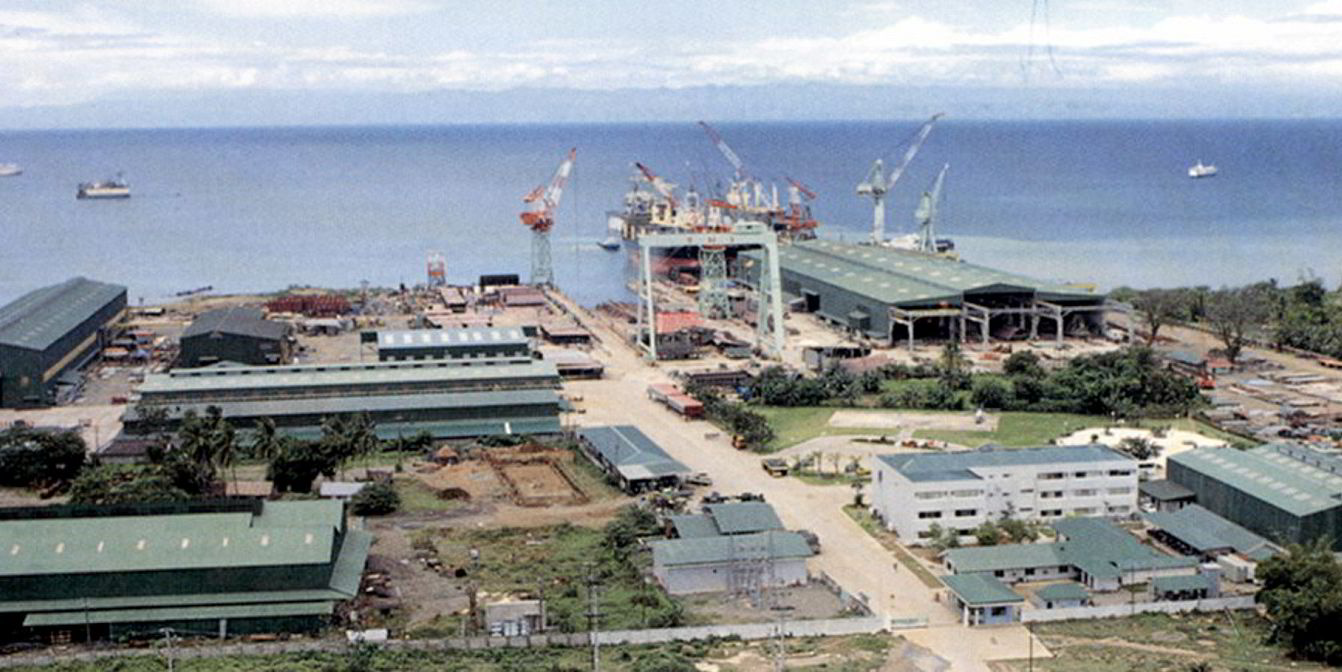Tsuneishi Heavy Industries’ shipbuilding facility in the Philippines looks to have escaped the worst of the recent typhoon Rai.
The Japanese shipbuilder said it had confirmed the safety of all shipyard employees at Tsuneishi Heavy Industries (Cebu) as well as those belonging to business partners such as ship owners and marine equipment manufacturers.
“Although the communication status of the infrastructure in the area is unstable, the power and water supply have been restored, and the factory equipment damaged by the typhoon is being inspected and repaired,” Tsuneishi said.
The shipbuilder said it was currently determining if the typhoon would impact its newbuilding schedule and said it would update owners if necessary.
“We would like to express our deepest sympathies to those affected by Typhoon No. 22 that crossed the Philippines,” it said in an update posted on its website.
Tsuneishi said it would “continue to cooperate with the local community to support reconstruction”.
The Cebu shipyard is said to have an orderbook of some 37 vessels of 2.4m-dwt all for Japanese clients, according to data compiled by Clarksons.
These include a series of five 1,020-teu feeder containerships for Japanese tonnage provider Kotoku Kain, which are due to be delivered in 2022.
The majority of the remaining orders are for either ultramax or kamsarmax bulkers with deliveries stretching out to April 2024.
Hiroshima-based Tsuneishi is currently focusing most of its bulk carrier construction in China at Tsuneishi Group (Zhoushan) Shipbuilding, and in the Philippines.
Typhoon Rai hit the Philippines in late December and has been described as one of the world’s strongest storms of 2021 affecting more than 6.8m people, according to the International Federation of Red Cross and Red Crescent Societies.
Compared with 2013’s Super Typhoon Haiyan, which left more than 6,000 people dead, Rai is said to have left a much wider path of destruction, hitting several major islands including Bohol, Cebu, Negros, and Palawan.





